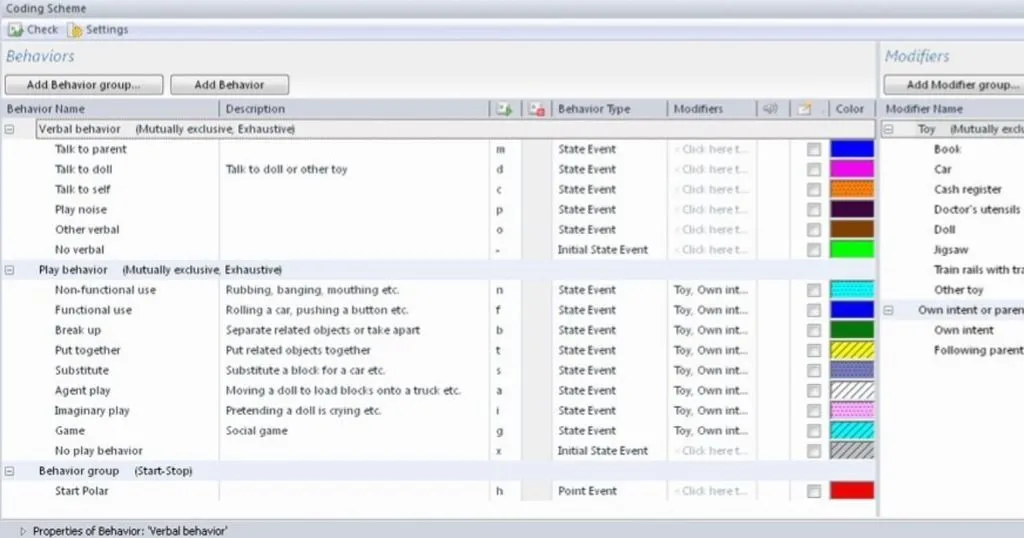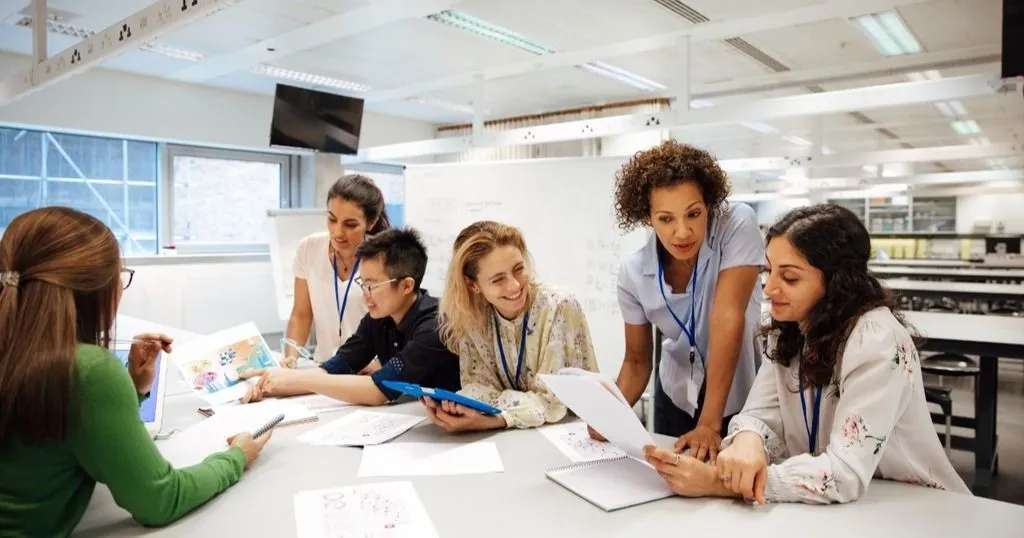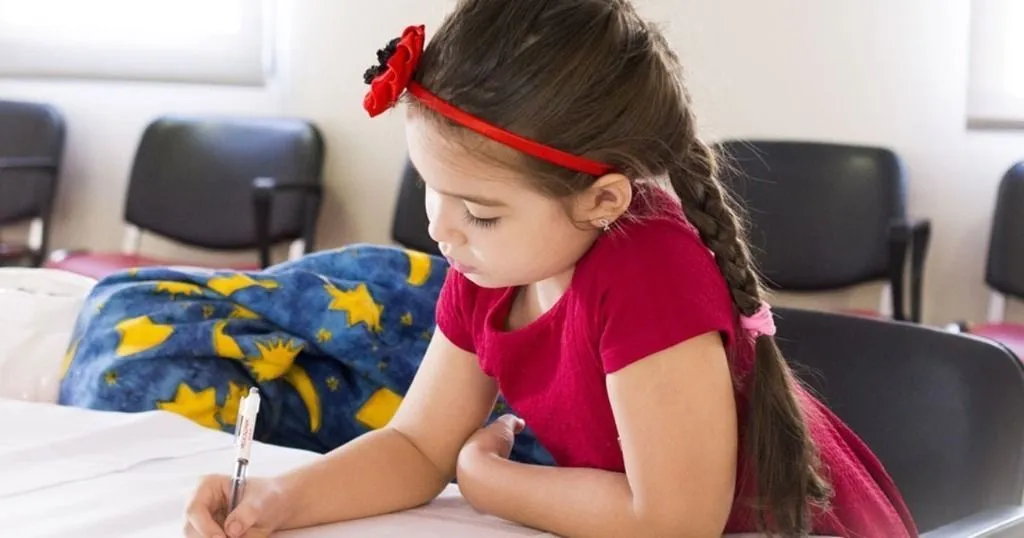Do we help students by surprising them?
The role and usage of instructional videos are increasing in higher education. The research team of Sass & Vinczéné Fekete investigated which features make them more or less engaging for students.
Posted by
Published on
Mon 17 Jul. 2023
Topics
| Education | Emotions | FaceReader | Facial Expression Analysis |

This blog post was written by Lídia Vinczéné Fekete, Education Methodology Advisor at the Centre for Educational Quality Enhancement and Methodology of the Corvinus University of Budapest.
Despite the end of remote education, the role and usage of instructional videos are increasing in higher education. They provide new opportunities for flexible and self-paced learning, which is especially helpful for those who, due to their individual learning style or difficulties, can learn more effectively using audio-visual resources than through text alone.
However, the production of instructional videos is time and resource intensive, so it is worth investigating which features make them more or less engaging for students.
How do you know someone is feeling (highly) engaged? Dayenne Sarkol-Teulings created a custom expression in FaceReader to measure the level of engagement. Learn more about her validation study by reading her blog post.
Unobtrusive facial expression analysis
A recent low-sample preliminary study (Sass & Vinczéné Fekete, 2022) detected student emotions by FaceReader while they watched a 22-minute-long instructional video. In such a context, FaceReader provides an unobtrusive opportunity for facial expression analysis during video watching, using the webcam of the laptop on which the video is played.
In addition to facial expression analysis, participant (N=10) emotions were detected by further methods as well, to test the validity of the results gained by FaceReader: participants reported their emotional state and their opinion on the video through an online questionnaire and they shared their experiences in the form of retrospective interviews.
This way, emotional states during learning can be observed by applying a multi-methodological approach.
FREE WHITE PAPER: FaceReader methodology
Download the free FaceReader methodology note to learn more about facial expression analysis theory.
- How FaceReader works
- More about the calibration
- Insight in quality of analysis & output
Analysing teacher behavior with The Observer XT
The research team also examined the teacher’s behaviors in the videos that were shown to the students. After all, the presenter in the video plays a crucial role in student engagement. A dynamic and enthusiastic presenter can captivate students' attention and make the content more relatable. Besides, incorporating a variety of presentation styles can help maintain student interest throughout the video. Key is to understand the needs and preferences of the students and adapt the instructional videos accordingly.
In this study, behaviors such as the appearance of the presenter’s face, humour, but also the presentation tools applied in the video, such as the slide variations (with or without text/picture), a short story, or an animation, were compared with the viewers’ emotions. To examine the relationship between teacher communication and the appearance of certain academic emotions, data was exported from FaceReader to The Observer XT.
FREE TRIAL: Try The Observer XT yourself!
Request a free trial and see for yourself how easy behavioral research can be!
- Work faster
- Reduce costs
- Get better data
Are you experiencing sadness or are you concentrating?
Two emotions showed a strong correlation between the values from automated facial expression analysis and self-reports; these were happiness and anger.
The most intense facial emotion identified by FaceReader during this activity was sadness. However, retrospective student interviews (when the test leader rewatched the episodes with the participants when their faces showed a high level of sadness) clarified this information: most of the participants reported that during these episodes, they experienced intense concentration, instead of sadness.
In this specific situation, i. e. watching an instructional video with new information, the facial expression reflecting strong concentration seems to be very similar to the usual manifestation of sadness.
Surprise as a positive emotion
The strong correlation between the appearance of happiness and surprise (detected by FaceReader and self-report questionnaires) which was in line with student interviews, suggests that surprise is considered by students as a positive emotion in the context of online learning. The relationship between student engagement and surprise was already reported by previous studies (Altuwairqi et al., 2018) as well.
The most motivating elements, as perceived by students, were the topic's relevance and attractiveness, the structured nature of the content, the comprehensibility of the information, and the clarity of the visual representation.
References
Funding: The implementation of the study presented was supported by the UNKP-22-3-II-Corvinus-121 New National Excellence Program of the Ministry for Culture and Innovation from the source of the National Research, Development and Innovation Fund.
- Altuwairqi, K., Jarraya, S. K., Allinjawi, A., & Hammami, M. (2018). A new emotion–based affective model to detect student’s engagement. Journal of King Saud University - Computer and Information Sciences. https://doi.org/10.1016/j.jksuci.2018.12.008
- Sass, J., & Vinczéné Fekete, L. (2022). Secrets revealed by boredom: Detecting and tackling barriers to student engagement. 2022 International Conference on Advanced Learning Technologies (ICALT), 417–419. https://doi.org/10.1109/ICALT55010.2022.00129
Related Posts

7 Tips how to set up a coding scheme

How to choose the best audiovisual lab for your project
